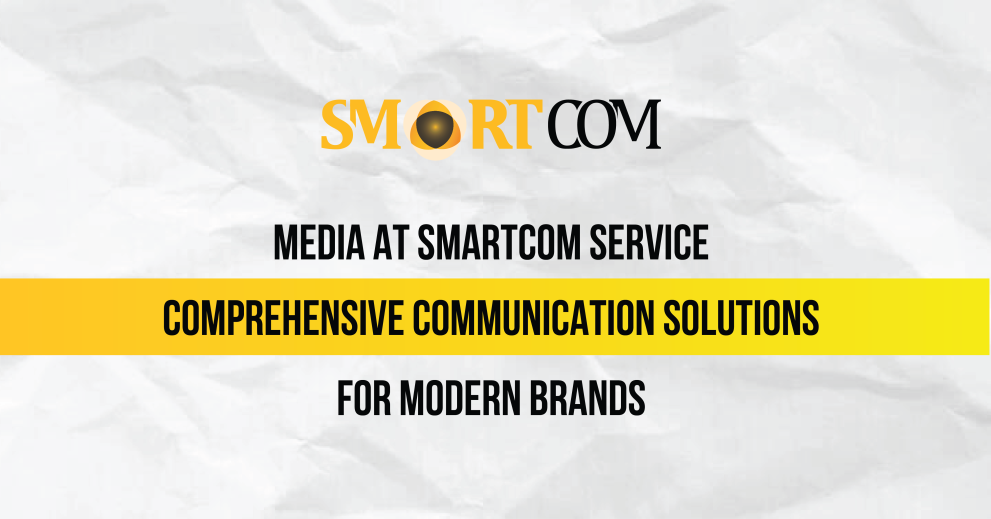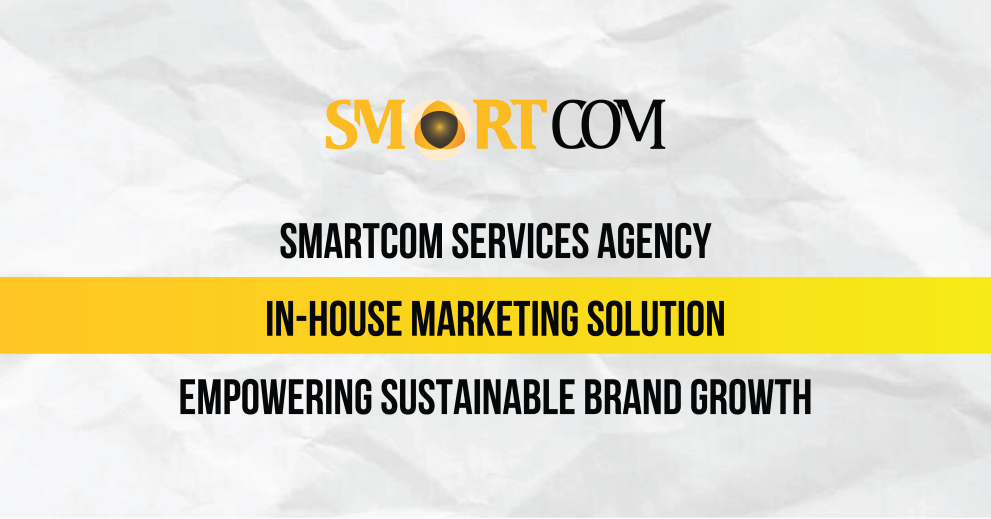Crisis communication has become a defining factor in how a brand protects its reputation in today’s fast-moving digital environment. With information spreading instantly and public sentiment shifting just as quickly, even a minor misunderstanding can escalate into widespread criticism.
In this landscape, managing a crisis isn’t only about correcting facts — it’s about preserving trust. Brands are ultimately evaluated not just on the issue itself, but on the clarity, speed, and responsibility of their response.
What Is Crisis Communication?
Crisis communication happens when a company, organization, or individual faces strong negative reactions from the public, customers, or media. This can seriously affect their reputation, image, or even business performance.
In today’s digital age, where social media spreads information fast, a careless comment, slow response, or small misunderstanding can quickly grow into a crisis. Unlike financial or operational issues, crisis communication often involves trust, emotions, and public opinion — aspects that may seem personal but can have a significant impact on a brand.
Why Crisis Communication Escalates?
Crisis communication often stems from missteps in public statements, operations, or customer response management. A poorly controlled comment from a brand representative, sensitive content shared on social media, or a slow reaction to negative information can all spark public outrage. In today’s digital environment, social media algorithms favor controversial and emotionally charged content, causing “dramas” to spread much faster than official information. Just one misunderstood clip or a misinterpreted post can push a brand into crisis if the company fails to respond quickly, transparently, and strategically.
Additionally, inconsistent product quality, ignored customer feedback, or associations with scandals involving partners or KOLs (Key Opinion Leaders) are also common triggers. Even when a brand is not directly responsible, the public often holds it accountable, especially in an online environment where consumer trust is fragile and perception can shift overnight.

Additionally, inconsistent product quality, ignored customer feedback, or associations with scandals involving partners or KOLs (Key Opinion Leaders) are also common triggers. Even when a brand is not directly responsible, the public often holds it accountable — especially in an online environment where consumer trust is fragile, and perception can shift overnight.
The most immediate consequence of a crisis communication event is its negative impact on brand reputation and image. When negative information spreads rapidly, controlling the narrative becomes nearly impossible in a short time. Over the long term, a crisis can lead to declining revenue, loss of trust from partners and consumers, and increased pressure within the organization.
However, the extent of the damage depends on how the company responds and manages its communication recovery. A transparent, timely response strategy, combined with active listening to public sentiment and concrete corrective actions, can help a company navigate the crisis successfully and even rebuild public trust.
Why Is It Essential to Build a Crisis Management Plan?
1. Enabling Quick and Strategic Response
When a business has a clear crisis communication plan in place, it doesn’t waste precious time debating roles, seeking approvals, or figuring out next steps while the golden window of response slips away. Instead, potential scenarios have been anticipated, response protocols outlined, spokespersons assigned, messaging aligned, and communication channels pre-prepared and ready to activate.

This level of preparedness allows the brand to quickly enter a state of strategic defense – seizing control of the narrative before public opinion takes over. Responding early and in the right direction not only minimizes damage, but also demonstrates strong leadership and a willingness to take responsibility.
2. Controlling Information Flow and Amplifies Positive Messaging
During a crisis, a business doesn’t just face the core issue; it also has to deal with a flood of noisy, emotional, and sometimes distorted information, especially on social media. Without a clear response plan, negative narratives can dominate public perception, leading to serious misunderstandings and damage brand reputation- even when the company hasn’t actually done anything wrong.
A well-prepared crisis communication clearly defines the communication process: who is authorized to speak, through which channels, and with what tone and message. All of this ensures that the company’s voice remains consistent, honest, and tactful. That’s how a brand keeps control of its own story—and protects its reputation when it matters most.
3. Protecting Brand Reputation and Minimizes Damages
A well-structured crisis communication plan helps protect a brand’s reputation by containing damage early, narrowing the impact, and preventing a domino effect. For example, suppose an incident is limited to a specific region or department. In that case, the company must have measures in place to isolate the issue and prevent it from spreading to other markets, branches, or product lines.
At the same time, having contingency plans across legal, communication, operations, and HR functions helps maintain internal stability and reinforce external trust. A brand that knows how to protect itself is also a brand that knows how to protect its customers. This forms the foundation not only for minimizing revenue loss, but also for preserving customer trust – an intangible yet critical asset for long-term success.
4. Building Public Trust and Demonstrating Professionalism
Today’s consumers don’t expect companies to be perfect. They understand that mistakes are sometimes unavoidable. What truly matters to them is how a business responds to those mistakes. A crisis communication becomes an opportunity for a company to demonstrate its integrity, values, and genuine commitment to its community.
Moreover, how a brand handles a crisis can become a long-term asset. Some companies have turned crises into powerful communication turning points, such as Starbucks with its “name on the cup” campaign, or Vaseline countering pseudoscience with real experts. These examples show that a well-executed crisis response doesn’t just put out fires; it can turn the fire into light, shining a spotlight on the brand’s values in a compelling and emotionally resonant way.
Notable and Effective Crisis Communication Campaigns
1. Vaseline – Combating Misinformation and Harmful Beauty Hacks
Faced with a wave of misleading beauty hacks circulating online involving its products, Vaseline was at risk of a serious crisis communication if it didn’t act quickly to regain control of the narrative. Instead of issuing denials or vague warnings, the brand took a proactive and strategic approach through its “Vaseline Verified” campaign. Vaseline invited over 450 influencers worldwide to co-create content and test trending beauty tips directly in Unilever’s laboratories. Tips that were scientifically proven to be effective received the #VaselineVerified label, while those that were misleading were clearly flagged with warnings.
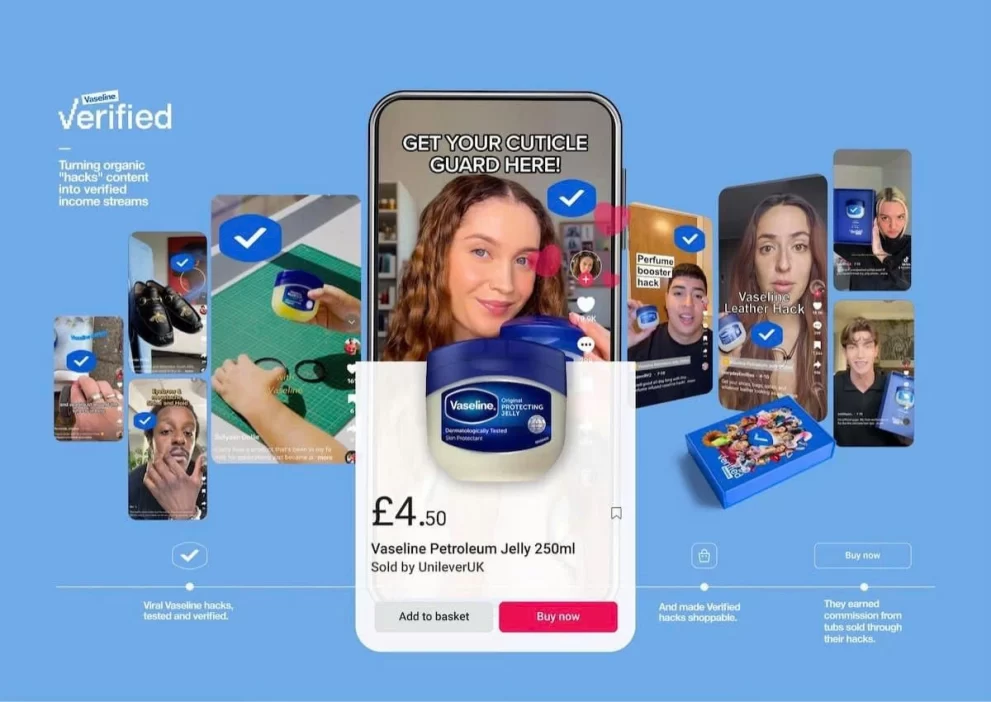
The campaign didn’t just bring science back into beauty conversation, but it also allowed the brand to regain control of the information flow and rebuild trust with consumers. Its success was reflected not only in numbers – 136 million views, 63.3 million engagements, 43% increase in sales, and nearly 14% growth in retail value, but also in a shift in public perception. Vaseline transformed itself from a brand caught in misinformation to a trusted thought leader – one that inspires, educates, and actively protects its consumers. The campaign also earned multiple honors at Cannes Lions 2025, affirming its creativity and effectiveness as a benchmark for crisis communication driven by transparency, empathy, and consumer-first thinking (Source: Brands Vietnam).
2. Starbucks – Easing Public Backlash Through Human-Centered Messaging
In the UK, amid growing public backlash fueled by socio-economic issues and a staggering 81% increase in anti-transgender attacks in 2020, Starbucks faced a slow-burning crisis communication. Recognizing the need to reconnect emotionally with consumers and demonstrate its values beyond profit, the brand launched the “Every Name’s a Story” campaign, standing in solidarity with the transgender community. Leveraging its signature practice of writing customers’ names on cups, Starbucks gave transgender individuals the right to use their chosen names – something many struggle to do in official documents or within their families.
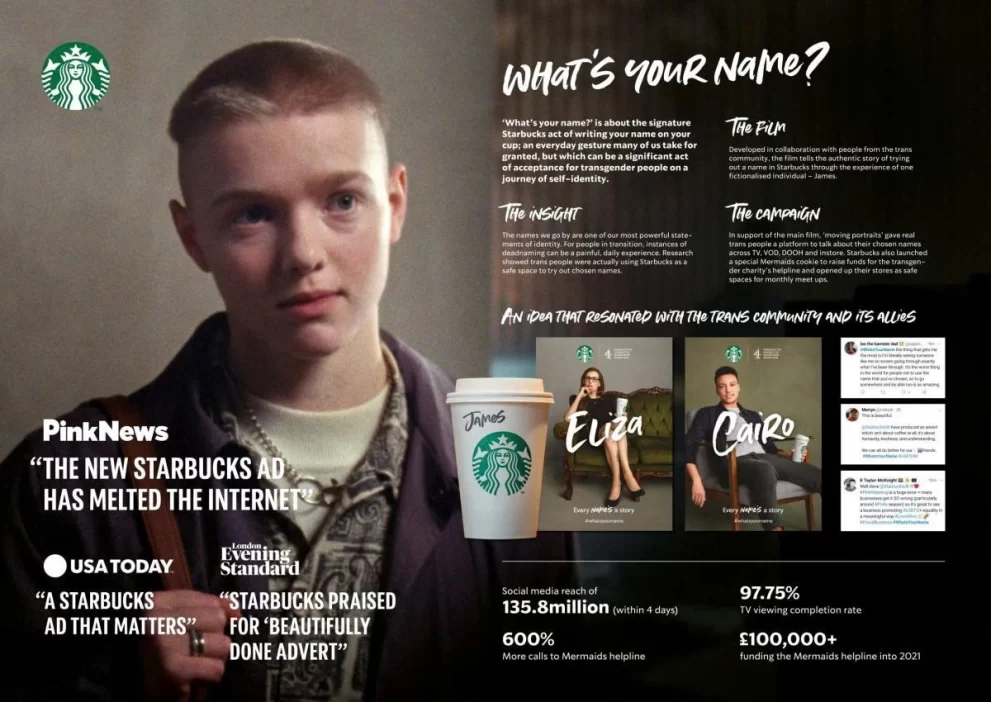
The campaign was executed strategically across multiple channels: a TV commercial aired on Channel 4, which had awarded Starbucks the Diversity in Advertising Award; a strong social media presence supported by LGBTQ+ influencers; and the launch of a microsite sharing real stories from transgender people. Additionally, Starbucks partnered with the charity Mermaids, selling cookies that raised £50 per product for the organization.
The campaign achieved remarkable results within just four days: over 135 million impressions, 99% positive comments, a 600% increase in calls to Mermaids’ hotline, and a 3.3% rise in in-store sales during the first week. Through a sensitive, respectful, and emotionally engaging approach, Starbucks not only mitigated its crisis communication but also reinforced its position as a brand committed to equality and human rights.
3. Head & Shoulders – Resolving Brand Recall Issues with Local Insight
Despite heavy investment in TV advertising, Head & Shoulders was often misnamed or mispronounced in hundreds of ways such as “Hết sầu đơ,” “Hít sô đa,” and “Đét èn sâu.” While consumers clearly understood its anti-dandruff benefits, they struggled to correctly say the brand name, which kept brand recognition from improving. Recognizing this, Head & Shoulders took a surprising approach: instead of trying to correct mispronunciations, the brand decided to embrace all the different ways people said its name, as long as they still associated it with dandruff control.
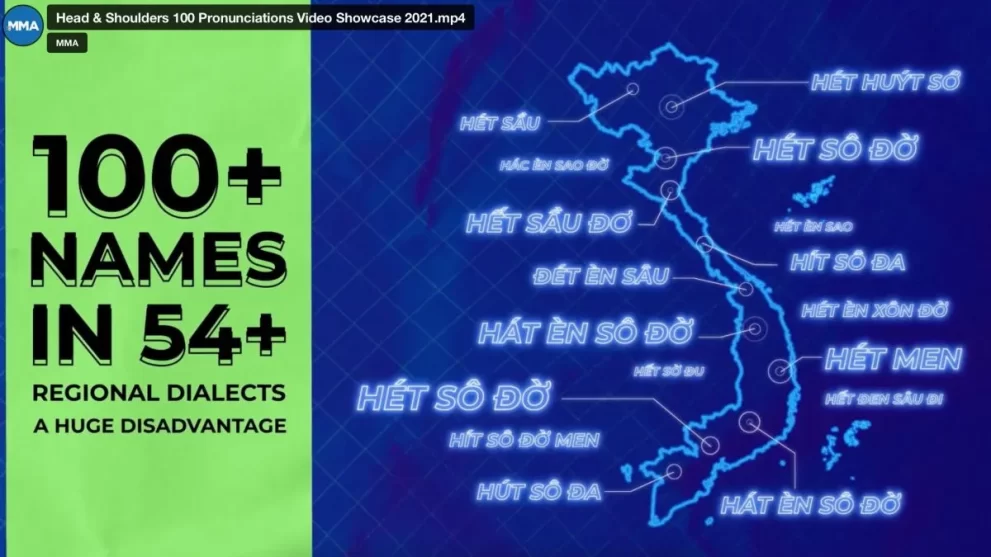
The campaign, titled “A Hundred Names, One Way to Fight Dandruff” cleverly turned pronunciation diversity into an emotional bridge connecting with consumers nationwide.It ran across multiple platforms with a series of humorous videos featuring popular celebrities like Isaac, Mạc Văn Khoa, and Puka, each representing a different region with their own way of saying the brand name, making viewers feel familiar and comfortable. To adapt to short video habits and prevent ad skipping, the brand strategically placed the most entertaining regional pronunciations within the first six seconds of each video.
On social media, interactive games like “Confidently Say the Name” boosted engagement and message spread. The results were impressive: tens of millions of video views, over 500,000 social media interactions, a 140% increase in brand awareness, a 174% rise in unaided brand recall (when consumers remember the name without prompts), and a more than 10% jump in market share. The campaign not only lifted the “low brand recognition curse” but also proved that a simple, relatable insight—when tapped correctly—can transform a brand’s position in the market (Source: Brands Vietnam)
FAQ
1. What is crisis communication?
A crisis communication situation occurs when a business or organization encounters widespread negative reactions from the public or media, leading to reputational damage and a decline in brand trust.
2. What are common causes of a crisis communication?
A communication crisis typically stems from unregulated statements, delayed customer responses, sensitive or polarizing social media content, and issues involving partners or influencers.
3. How does a crisis communication affect businesses?
A crisis communication incident can harm a company’s reputation, weaken customer trust, impact revenue, and place significant pressure on internal teams if it isn’t handled quickly and effectively.
4. What should businesses do during a crisis communication?
Businesses need to manage information flow effectively, maintain consistent messaging, respond without delay, and operate with full transparency while deploying concrete solutions to limit the impact.
When a company reacts swiftly, openly, and with empathy — and transforms its actions into positive communication — it can rebuild trust and reinforce its brand value.
Conclusion
Crisis communication is not only a short-term threat but can also leave long-lasting damage on a company’s reputation and survival. From major brands like Vaseline, Starbucks, to Head & Shoulders, it is clear that a swift, appropriate, and empathetic response to consumers is the key factor determining success or failure in a crisis. While businesses cannot completely prevent crises, they can fully prepare and proactively manage situations with the right strategy and professional support teams.
At Smartcom, we offer brand reputation management services to help companies identify communication risks early, develop response plans, and maintain a positive public image. With over 10 years of experience and deep expertise in digital communication, Smartcom is committed to partnering with brands to protect their reputation and handle crises professionally, swiftly, and effectively.




